
Holigarna caustica
(MRP Inclusive of all taxes)
- Shipping ₹79 for entire order
- Dispatch in 7 days
- Country of origin: India

(MRP Inclusive of all taxes)
 Save 29%
Save 29%
Air Purifier Money Plant with Pot The Air Purifier Money Plant, also known as Pothos or Epipremnum aureum, is a stunning indoor plant that...
View full details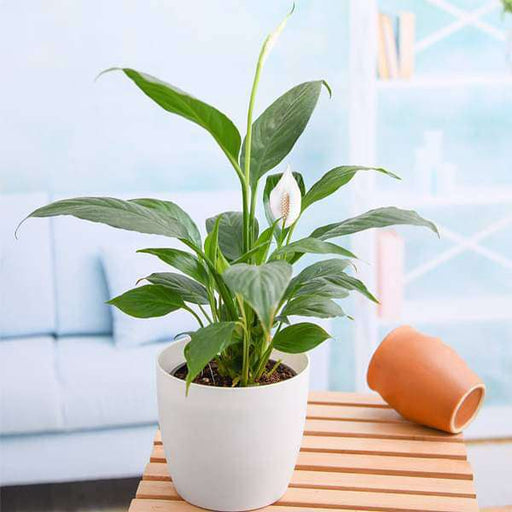
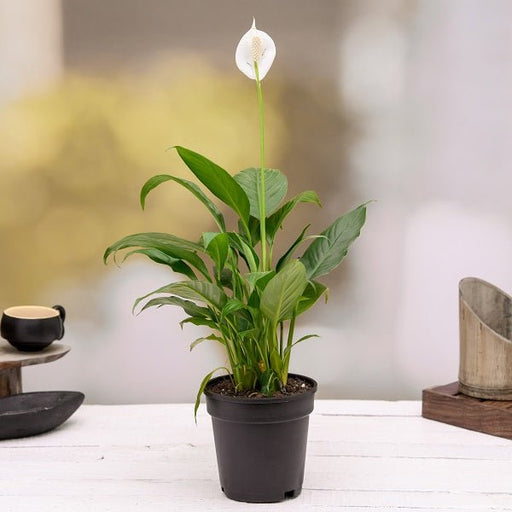 Save up to 15%
Save up to 15%
Peace Lily, Spathiphyllum - Plant The Peace Lily, scientifically known as Spathiphyllum, is a stunning houseplant celebrated for its elegant white...
View full details
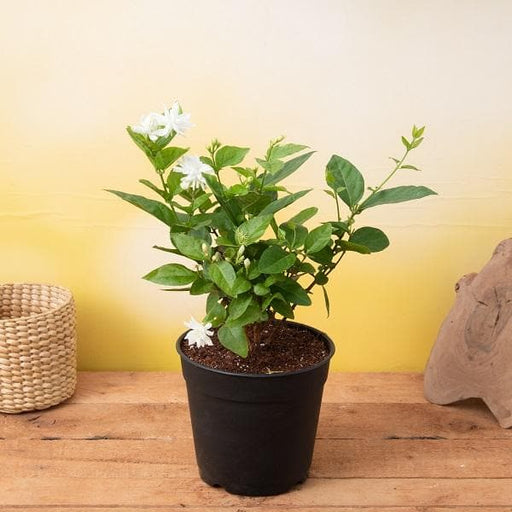 Save 25%
Save 25%
Jasminum sambac, Mogra, Arabian Jasmine - Plant Jasminum sambac, commonly known as Mogra or Arabian Jasmine, is a fragrant flowering plant...
View full details
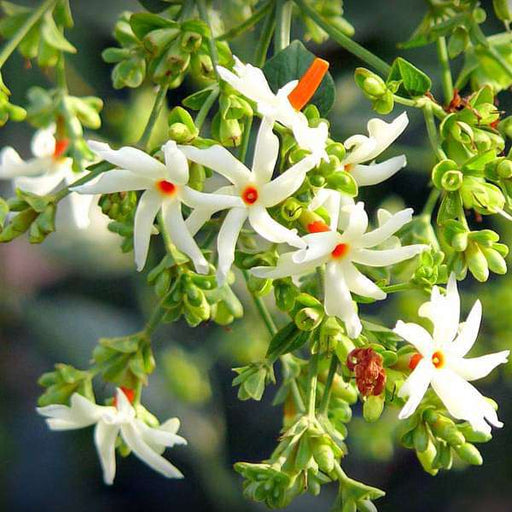 Save 18%
Save 18%
Combo Constituents Includes the Parijat Tree (Night-Flowering Jasmine), a culturally significant plant with fragrant flowers. Description The Pari...
View full details
 Save 25%
Save 25%
Miniature Rose, Button Rose (Any Color) - Plant The Miniature Rose, also known as the Button Rose, is a charming and compact flowering plant that ...
View full details Save 25%
Save 25%
Damascus Rose, Scented Rose (Any Color) - Plant The Damascus Rose, also known as Rosa damascena, is a timeless symbol of beauty and romanc...
View full details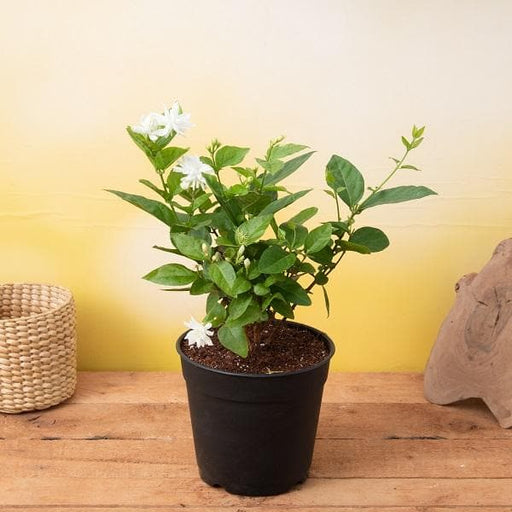
 Save 17%
Save 17%
Beautiful Fragrant Mogra, Arabian Jasmine Plant with Pot The Beautiful Fragrant Mogra, also known as Arabian Jasmine (Jasminum sambac), is...
View full details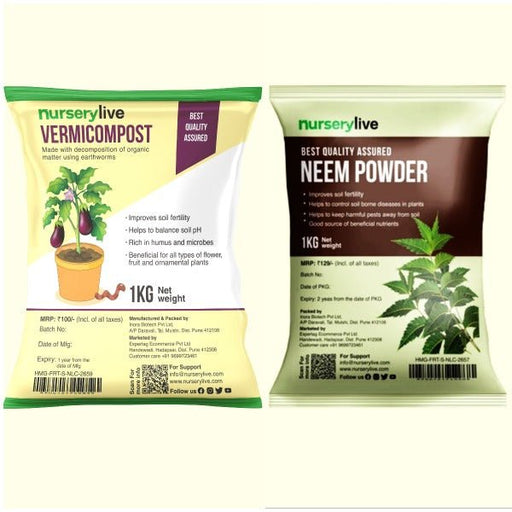 Save 15%
Save 15%
Pack of Vermicompost and Neem Cake for House Plants Transform your indoor garden with our premium Pack of Vermicompost and Neem Cake, spec...
View full details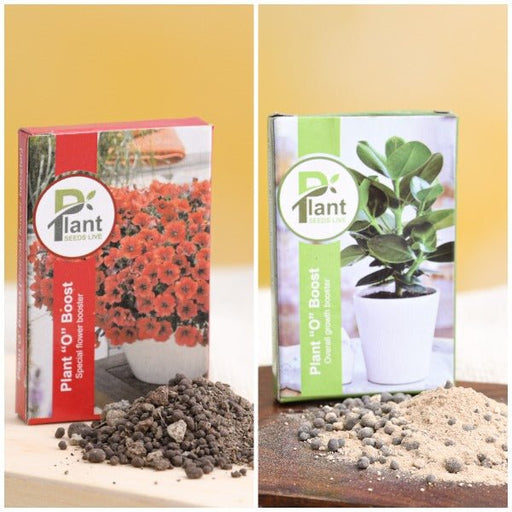
Pack of Plant Growth and Flower Boosters Unlock the full potential of your garden with our Pack of Plant Growth and Flower Boosters! This ...
View full details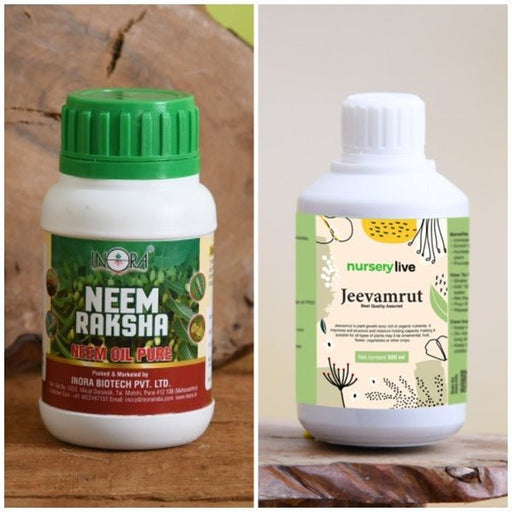 Save 38%
Save 38%
Combo of Jeevamrut and Neem Raksha for Easy Growth and Protection of Houseplants Transform your indoor garden with our exclusive combo of ...
View full details Save 22%
Save 22%
Plant Nutrients Kit (Pack of 16) for a Healthy Garden Transform your garden into a lush paradise with our Plant Nutrients Kit, featuring 1...
View full details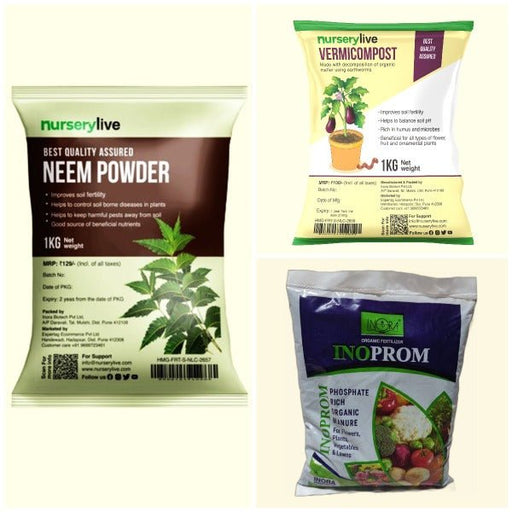 Save 16%
Save 16%
Combo of Top Plant Fertilizers Elevate your gardening game with our exclusive Combo of Top Plant Fertilizers, featuring two bags of premiu...
View full details Save 24%
Save 24%
Pack of 4 Additives to Make Soil Healthy and Nutrient Rich Transform your garden into a thriving ecosystem with our Pack of 4 Additives de...
View full details Save 30%
Save 30%
Transform your gardening experience with our premium Combo of Perlite and Vermiculite. This unique blend is designed to enhance soil aeration and ...
View full details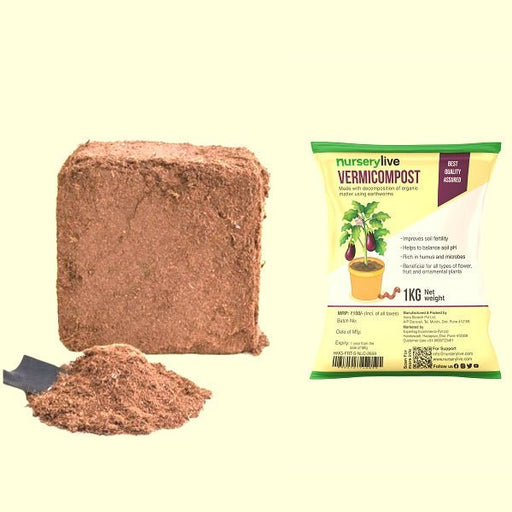 Save 27%
Save 27%
Combo of 2 Vermicompost and Cocopeat - Enrich Your Soil Naturally! Transform your garden into a thriving ecosystem with our Combo of 2 Ver...
View full details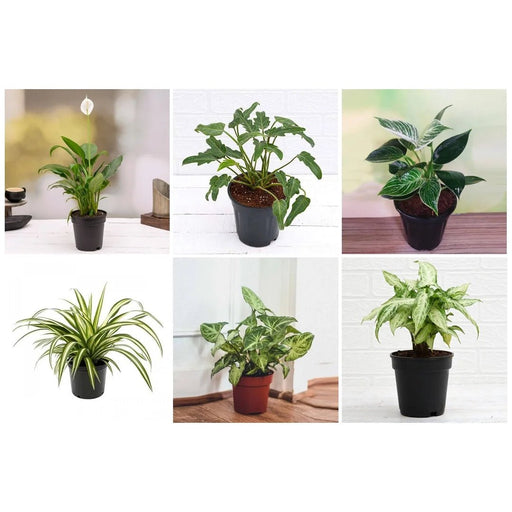
 Save 35%
Save 35%
Best 6 Plants for Perfect Indoor Garden Transform your living space into a lush oasis with our curated collection of the Best 6 Plants for a...
View full details
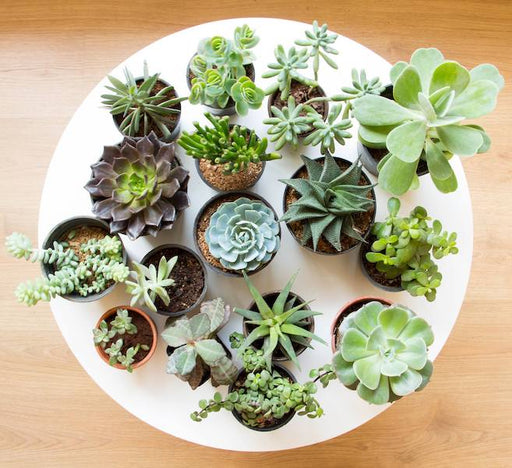 Save up to 50%
Save up to 50%
Mini Succulent Garden Pack Transform your space with our Mini Succulent Garden Pack, featuring a delightful collection of 4 any variety beautiful s...
View full details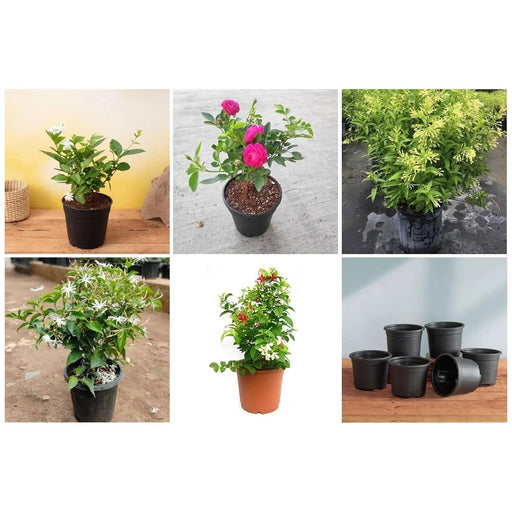
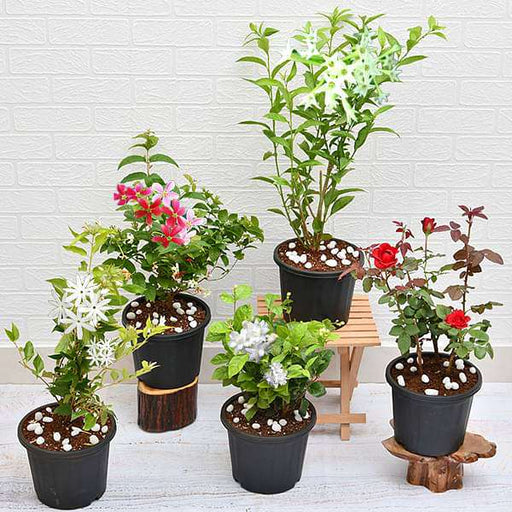 Save 30%
Save 30%
5 Best Fragrant Plants Transform your garden or indoor space into a fragrant paradise with our curated selection of the 5 Best Fragrant Plants. Th...
View full details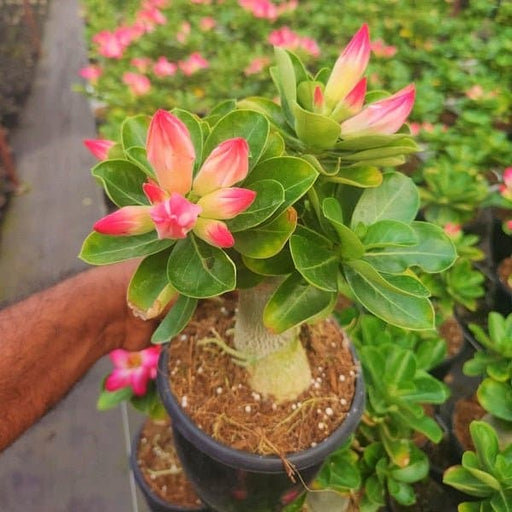
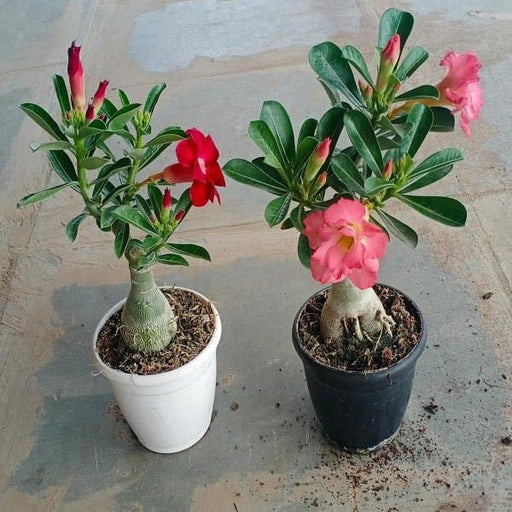 Save 24%
Save 24%
Set of 2 Bonsai Looking Grafted Adeniums Transform your indoor or outdoor space with our exquisite Set of 2 Bonsai Looking Grafted Adenium...
View full details Save 45%
Save 45%
Top 4 Die Hard Succulents Pack Transform your indoor or outdoor space with our Top 4 Die Hard Succulents Pack, featuring a curated selecti...
View full details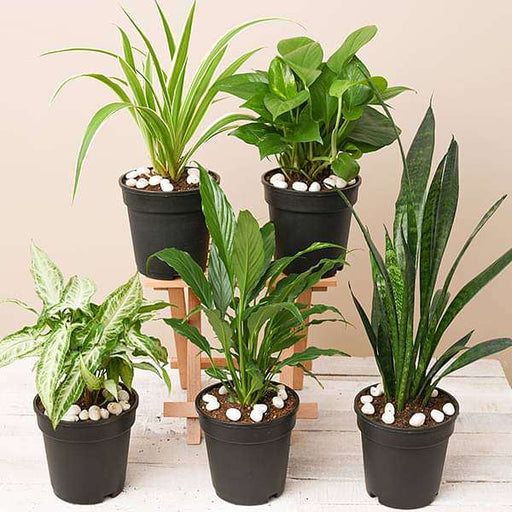
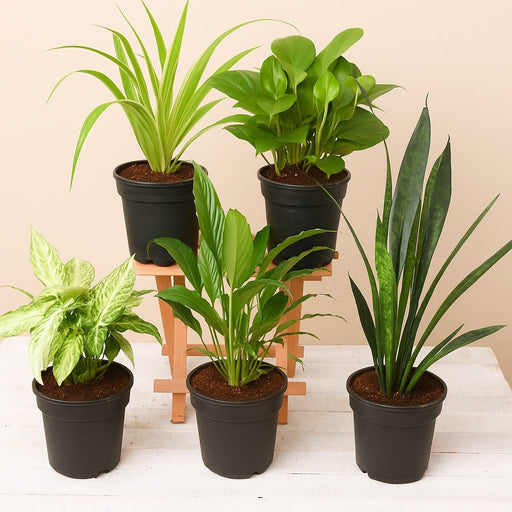 Save 30%
Save 30%
5 Best Indoor Plants Pack Transform your living space into a lush oasis with our '5 Best Indoor Plants Pack.' This carefully curated collection fe...
View full details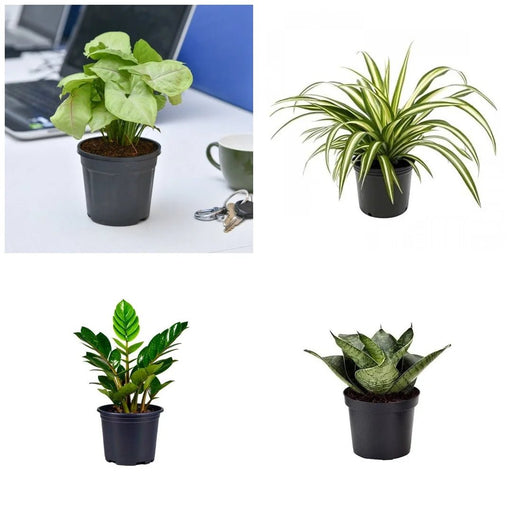
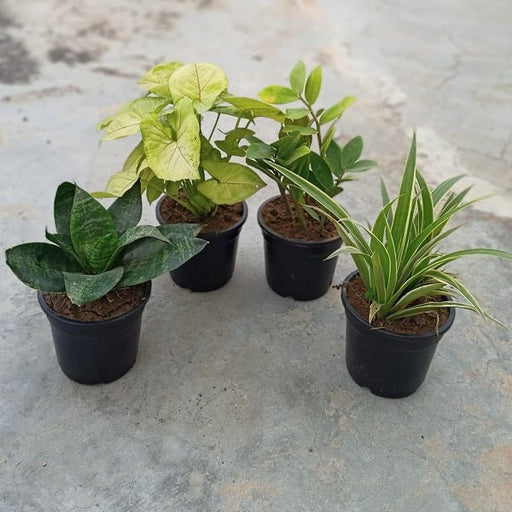 Save 25%
Save 25%
Set of 4 Evergreen Air Purifier Plant Pack Transform your indoor space into a lush, green oasis with our Set of 4 Evergreen Air Purifier Pla...
View full details| SrNo | Item Name |
|---|---|
| 1 | Holigarna caustica |
Holigarna caustica, commonly known as the "Poison Tree," is a unique and fascinating species native to the tropical regions of India and Southeast Asia. This evergreen tree is renowned for its striking appearance, featuring glossy leaves and small, fragrant flowers that attract various pollinators. However, it is essential to handle this plant with care due to its toxic properties, which have been historically utilized in traditional medicine and local practices.
What makes Holigarna caustica special is its dual nature; while it poses risks due to its toxicity, it also plays a crucial role in its ecosystem. The tree provides habitat and food for various wildlife species, contributing to biodiversity. Its wood is valued for its durability and is often used in local craftsmanship, showcasing the balance between utility and caution.
One of the standout features of Holigarna caustica is its ability to thrive in poor soil conditions, making it an excellent choice for reforestation projects in degraded areas. Its resilience and adaptability to various environmental conditions highlight its importance in ecological restoration efforts.
Holigarna caustica plays a significant role in maintaining ecological balance. Its ability to thrive in poor soils makes it an excellent candidate for reforestation efforts, helping to restore degraded landscapes. However, due to its toxicity, it is crucial to manage its growth responsibly to prevent accidental poisoning of humans and animals.
This tree isn’t just a pretty face in the forest; it’s a multitasking marvel! Known for its medicinal properties, the Holigarna caustica tree has been used in traditional medicine to treat various ailments. From soothing skin irritations to acting as a natural anti-inflammatory, this tree is like the Swiss Army knife of the botanical world. Plus, it’s a great conversation starter at parties—who wouldn’t want to discuss the wonders of a tree that can help with everything from fevers to digestive issues?
a lush, tropical paradise where the Holigarna caustica tree thrives. This beauty loves to hang out in moist, well-drained soils, often found in the warm embrace of evergreen forests. It’s like the tree version of a beach bum, soaking up the sun and enjoying the humidity. If you’re looking to spot one, head to the tropical regions of India and Southeast Asia, where they’re known to throw the best shade!
If you’re impatient for a tree to grow, the Holigarna caustica might just be your new best friend. This tree has a moderate growth rate, meaning it won’t take forever to reach its full height. In just a few years, you could have a majestic specimen gracing your garden or forest. It’s like the tortoise of the tree world—slow and steady, but oh-so-rewarding in the end!
The Holigarna caustica tree is not just a pretty sight; it’s also a utility player in the ecosystem. Its wood is prized for its durability and is often used in construction and furniture making. Talk about a tree that knows how to pull its weight! Additionally, its leaves and bark have found their way into traditional remedies, making it a true jack-of-all-trades in the plant kingdom.
In a world where trees are disappearing faster than your favorite snack at a party, the Holigarna caustica tree is in need of a superhero. Conservation efforts are crucial to protect this species from habitat loss and overexploitation. By raising awareness and promoting sustainable practices, we can ensure that future generations will also get to enjoy the shade and benefits of this remarkable tree. Let’s be tree-huggers, not tree-choppers!
Spotting the Holigarna caustica tree is like playing a game of botanical hide-and-seek. With its distinctive leaves and unique bark, it’s a tree that stands out in the crowd. The leaves are glossy and elliptical, while the bark has a rough texture that tells tales of its resilience. If you’re on a nature walk, keep your eyes peeled for this gem—it’s like finding a rare Pokémon in the wild!
Want to grow your own Holigarna caustica tree? It’s easier than you think! This tree can be propagated through seeds or cuttings, making it a fun project for aspiring botanists. Just remember, patience is key—good things come to those who wait, and soon you’ll have your very own piece of tropical paradise right in your backyard. It’s like planting a little slice of nature’s magic!
Every tree has its enemies, and the Holigarna caustica is no exception. While it’s generally resilient, it can fall victim to pests like leafcutter ants and various beetles. But fear not! With a little vigilance and some eco-friendly pest control methods, you can keep your tree healthy and thriving. After all, nobody wants a tree that’s been nibbled on like a snack!
In some cultures, the Holigarna caustica tree is more than just a plant; it’s a symbol of life and healing. Its presence in traditional medicine and folklore highlights its importance in local communities. So, the next time you see one, remember that it’s not just a tree—it’s a cultural icon with stories to tell. Who knew trees could be so deep?
This tree is like the ultimate climate chameleon, adapting to various conditions with ease. Whether it’s basking in the tropical sun or braving the occasional monsoon, the Holigarna caustica tree knows how to roll with the punches. Its resilience makes it a valuable addition to reforestation efforts, proving that even in a changing world, some trees can thrive against the odds.
The Holigarna caustica tree has woven its way into local folklore, often associated with tales of healing and protection. In some cultures, it’s believed that planting this tree brings good fortune and wards off negative energy. So, if you’re looking for a little luck in your life, consider adding one of these trees to your garden. Who knew a tree could be your personal good luck charm?
Holigarna caustica is a tropical tree native to India, known for its striking appearance and toxic properties. Its bark and leaves contain compounds that can cause skin irritation and other health issues. So, while it may look like a botanical beauty, it’s best admired from a safe distance—no selfies, please!
You can find Holigarna caustica in the lush forests of India, particularly in the Western Ghats. It thrives in humid, tropical climates, making it a favorite among adventurous botanists. Just remember, if you’re planning a visit, bring a guide—this tree isn’t exactly a friendly neighbor!
Yes, Holigarna caustica is indeed poisonous! Its bark and leaves contain toxic compounds that can cause severe skin reactions and other health issues. So, if you’re thinking of using it for a DIY project, think again! This tree is more of a “look but don’t touch” kind of plant.
Despite its toxicity, Holigarna caustica has some traditional medicinal uses. Local communities have utilized its bark for various ailments, but caution is key! It’s like that friend who’s fun at parties but can’t be trusted with your secrets—use it wisely and sparingly!
While some traditional practices involve Holigarna caustica, it’s a risky business! The toxic nature of this tree means that any herbal concoction could lead to more harm than good. Always consult a qualified herbalist or healthcare professional before considering it for medicinal purposes—better safe than sorry!
Holigarna caustica plays a role in its ecosystem, providing habitat for various species. However, its toxicity can deter herbivores, which might affect local food chains. It’s like the introverted friend at a party—great for ambiance but not always the life of the gathering!
Currently, Holigarna caustica is not classified as endangered, but habitat loss poses a threat. Deforestation and urbanization can impact its populations. So, while it’s not on the endangered list yet, it’s wise to keep an eye on this botanical beauty—let’s not let it become a rare gem!
If you find yourself near Holigarna caustica, keep your distance! Avoid touching its bark and leaves, and wash your hands thoroughly if you do. It’s like a high-maintenance friend—best to admire from afar and avoid any potential drama!
Cultivating Holigarna caustica is possible, but it requires careful handling due to its toxic nature. If you’re up for the challenge, ensure you have the right conditions and knowledge. Just remember, this isn’t your average houseplant—it's more of a “look but don’t touch” kind of companion!
Symptoms of Holigarna caustica poisoning can include skin irritation, rashes, and gastrointestinal distress. If you experience any of these after contact, seek medical attention immediately. It’s a classic case of “what seemed like a good idea at the time” gone wrong!
Yes, researchers have studied Holigarna caustica for its chemical properties and potential medicinal uses. However, due to its toxicity, most studies focus on understanding its effects rather than promoting its use. It’s a fascinating subject, but tread carefully—knowledge is power, but safety is paramount!